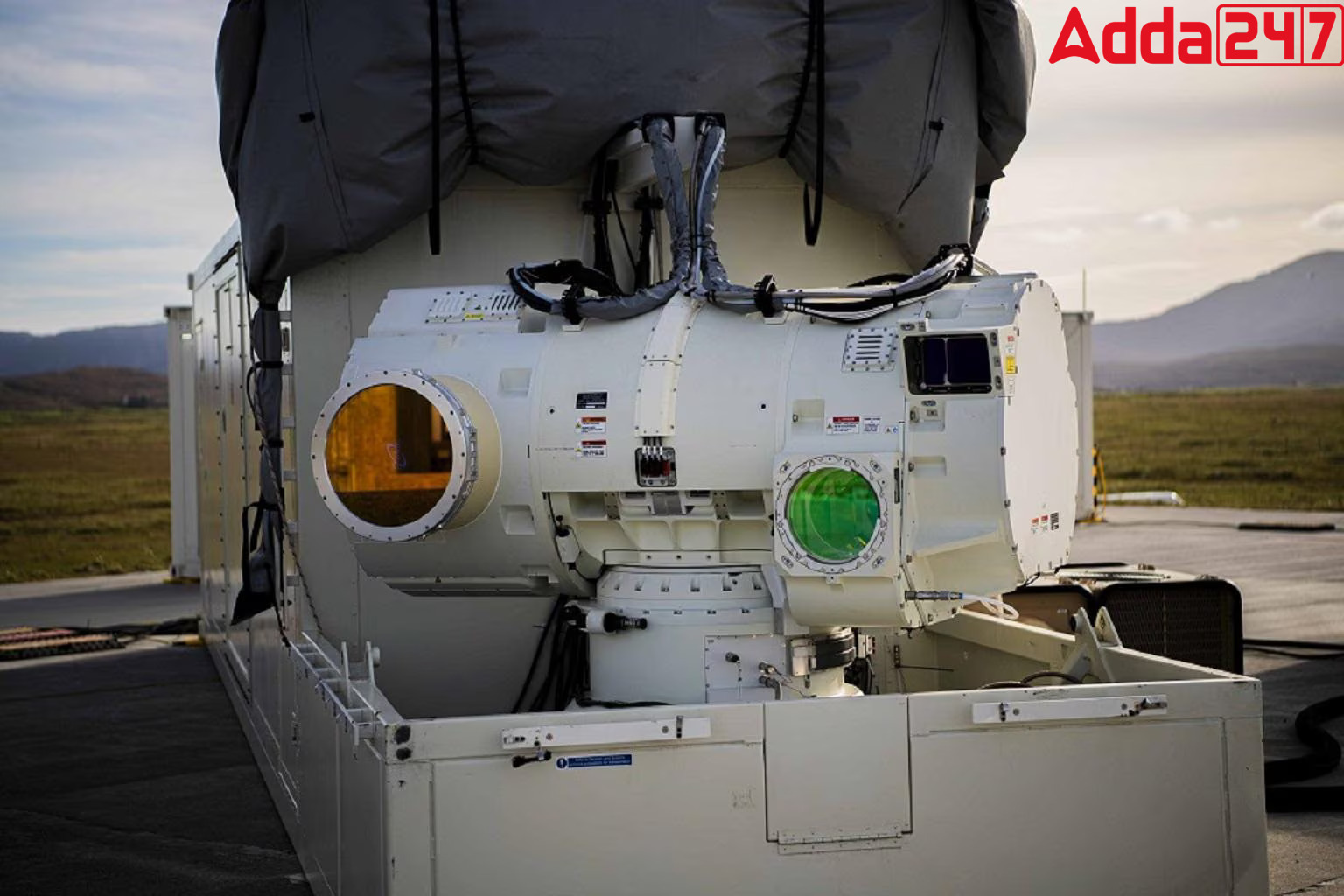Britain has recently conducted successful test firings of its DragonFire Laser Directed Energy Weapon (LDEW), showcasing its capability to intercept enemy aircraft and missiles at a remarkably low cost. A January demonstration in Scotland displayed the laser’s precision in targeting and destroying aerial threats, marking a potential game-changer in air defense technology.
Precision and Capability
- The DragonFire LDEW boasts precision equivalent to hitting a target as small as a £1 coin from a kilometer away.
- Its effectiveness lies in its ability to cut through targets, potentially causing structural failure or disrupting incoming warheads, making it a formidable defensive asset.
Cost-Effectiveness and Affordability
- One of the most significant advantages of the DragonFire laser system is its cost-effectiveness.
- Firing the laser for a 10-second burst costs less than £10, making it comparable to the price of a large pizza in India.
- This affordability contrasts starkly with traditional missile-based defense systems, offering a long-term, low-cost alternative for certain defense tasks.
Future Prospects and Investment
- Following a series of highly successful trials, the UK Ministry of Defence (MoD) has committed to funding a multi-million-pound program to integrate the DragonFire technology into the battlefield.
- With a joint investment of £100 million from the UK MoD and British industry, the DragonFire weapon system is poised for further development and deployment.
Comparative Advantage: DragonFire vs. Iron Beam
- In comparison to other laser-based interception systems like Israel’s ‘Iron Beam’, the DragonFire offers similar capabilities at an even lower cost.
- While the Iron Beam claims a cost of $3.50 per shot, the DragonFire’s £10 per shot is significantly more affordable, making it a compelling choice for modern air defense needs.




 Andrej Babis Sworn In as Czech Republic’...
Andrej Babis Sworn In as Czech Republic’...
 Lithuania Declares State of Emergency Ov...
Lithuania Declares State of Emergency Ov...
 Operation Sagar Bandhu — Indian Navy Sen...
Operation Sagar Bandhu — Indian Navy Sen...







